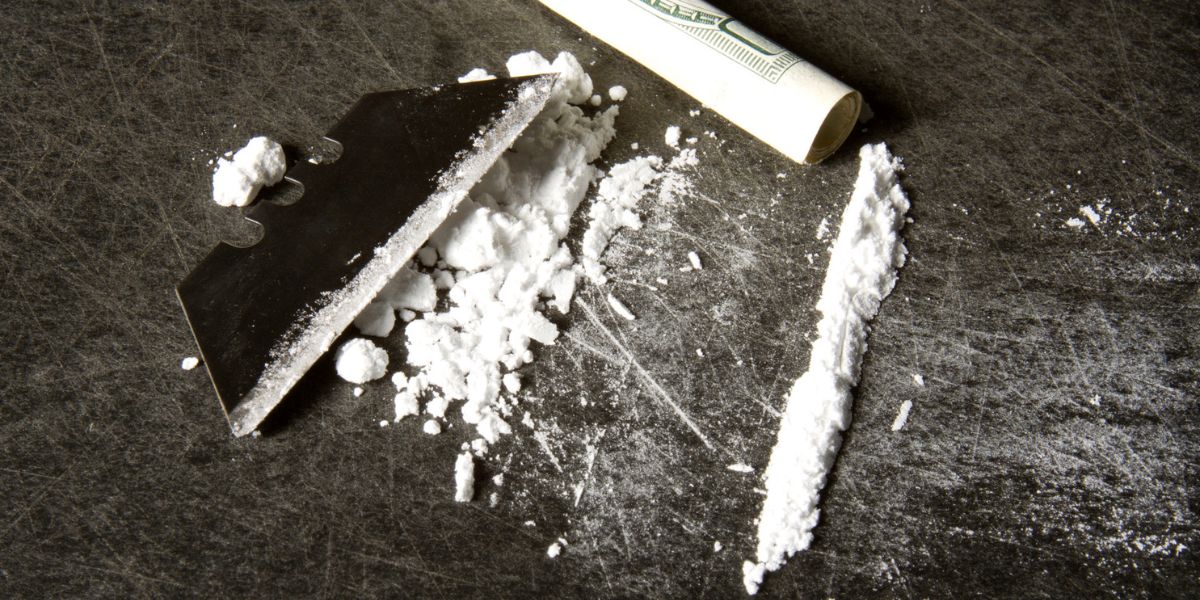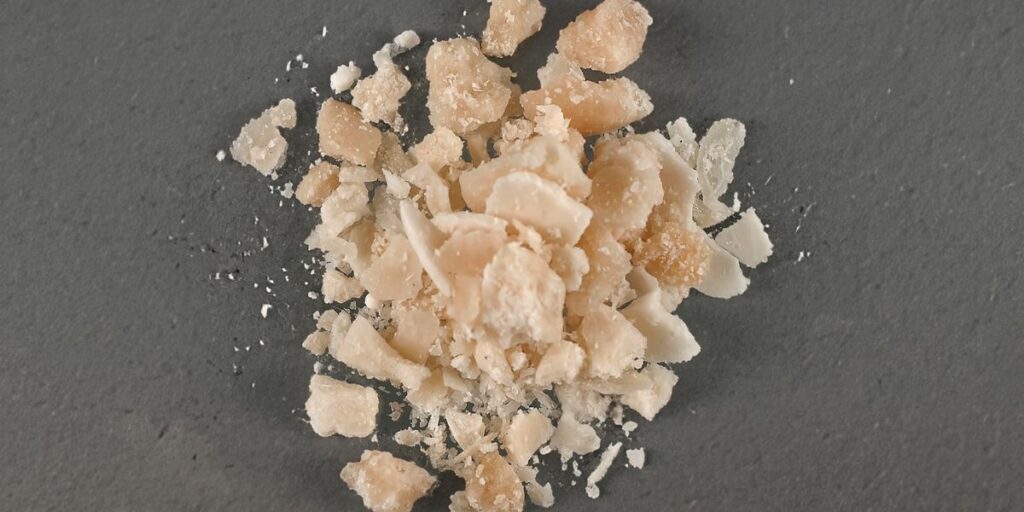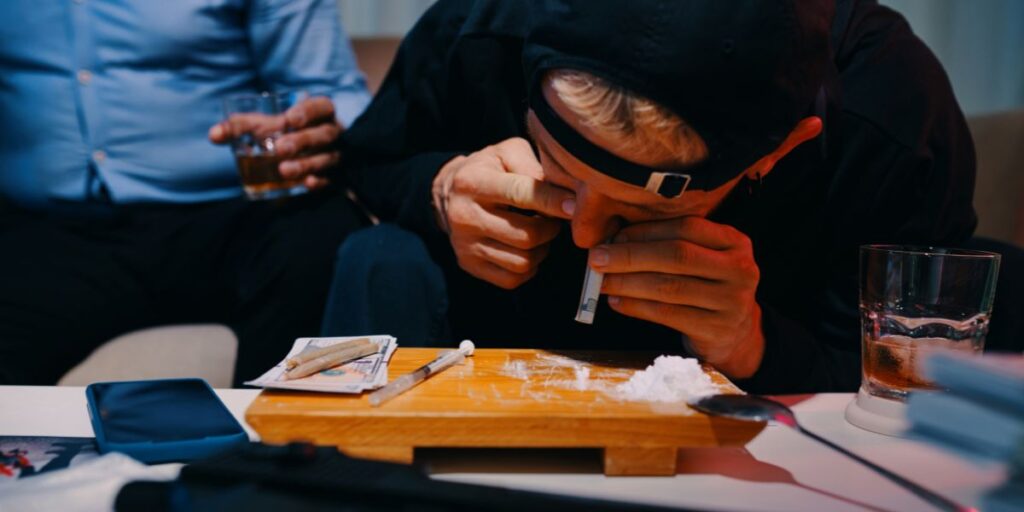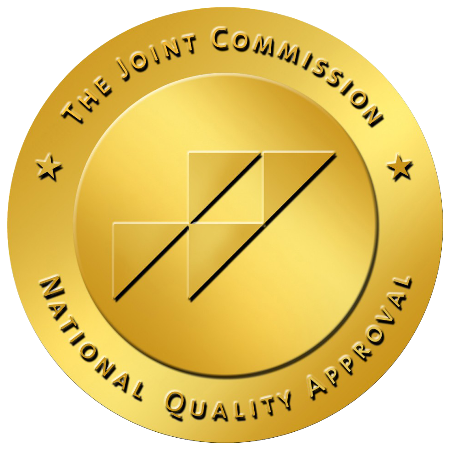The Difference Between Crack and Cocaine

Individuals hold varying opinions on crack and cocaine. However, the distinctions between the two drugs are much less different than commonly believed. Their physical characteristics, methods of use, and enduring misconceptions set them apart. However, they are both highly addictive.
A lot of cocaine or crack users do it just for fun and might only try it a few times. But, in the United States, there are about 1.3 million people who end up having a tough time with addiction to these drugs. To overcome addiction to cocaine or crack, people need professional substance abuse treatment.
What Is the Difference Between Crack and Cocaine?
Even though TV shows and stories might make you think crack cocaine and cocaine are very different, they’re actually a lot alike. Think of crack and cocaine as being similar to cookie dough and cookies that have been baked.
The most significant ways crack and cocaine are different include their looks, how strong and long the high is, how much they cost, how the law sees them, and how popular they are. Here’s a short look at each difference.
- Physical Form – Cocaine usually comes as a whiteish powder that people sniff. Powder cocaine is traditionally snorted but is also smoked with marijuana.
Crack cocaine is a hard piece that can be white, light, or a bit darker, and people break it to smoke it. Both drugs can be melted and taken with a needle, but sniffing and smoking are the ways most people use them. - Length and Potency of the High – Inhaling any substance, including cocaine, provides a potent, nearly instantaneous rush as it enters the bloodstream via the lungs. The high from crack is swift, taking less than a minute to take effect, and is fleeting, enduring for about 10 to 30 minutes.
Individuals who inhale cocaine experience its impact within one to five minutes, with the high persisting for approximately one to two hours. Injecting cocaine in powder form has been happening for over a century, although initially for the treatment of morphine addiction and alcohol use disorder. Crack cocaine is also commonly injected now because it increases the drug’s intensity and the duration of the high. - Cost – Crack is sold in little bits, with each tiny piece costing about $10 for 1/10 of a gram. People who use cocaine usually buy more at once, paying around $150-$250 depending on the quality for 3.5 grams, also known as an 8 ball of cocaine. If you were to purchase and use crack in the same amount as cocaine, it would cost $350 for 3.5 grams of crack.
Experts say crack is seen as a cheaper choice compared to cocaine because it’s easier to mix with other things. This way, sellers can make more money from one batch and charge less each time someone uses it. - Criminality – From 1986 to 2010, having 5 grams of crack could make you face at least five years in jail; for cocaine, you needed 500 grams to get the same sentence. People call this the 100:1 rule.
In 2010, a new law called the Fair Sentencing Act changed how much crack you had to have to get that five-year sentence. Now, the difference between getting in trouble for cocaine versus crack is 18:1. It’s better than before but still tougher on crack users. - Popularity – Many people like using a particular drug, as the National Institute on Drug Abuse (NIDA) found. About 5.2 million people in the US said they used cocaine last year, in 2020. Also, less than 700,000 people mentioned they used crack, which is a different kind of the same drug.

Cocaine
The coca plant produces cocaine, which is transported to the United States from South America. Cocaine’s chemical composition is called cocaine hydrochloride salt, and it’s easy to get hooked on because it’s a highly addictive stimulant.
Cocaine sold on streets is often mixed with other substances, like drugs, to lower costs and increase addiction difficulty. Cocaine is classified as a Schedule II controlled substance in the US, acknowledged for its limited medical benefits but also posing a significant risk for misuse.
Crack
Crack cocaine, often just called crack, is made by changing cocaine into a new form. People who sell it mix cocaine with something solid, like baking soda, then add water and heat it. This process removes a salt part, leaving a hard, rock-like piece.
When someone smokes crack, it makes a crackling noise, which is how it got its name. The United States lists crack as a Schedule II narcotic.
Risks and Effects of Crack and Cocaine Use
Since crack and cocaine are nearly the same in their chemical makeup, the dangers and impacts of using them are alike. The effects of crack and cocaine vary from person to person. This depends on their physical and mental health, tolerance levels, and use of other substances.
Consuming crack cocaine or cocaine produces the following effects:
- Increased alertness
- Heightened irritability
- Increased heart rate
- Headaches
- Teeth grinding
- Jaw clenching
- Impulsive
- Enhanced sexual desire
- Insomnia
- Nausea
- Vomiting
- Loss of appetite
- Diarrhea
- Hypersensitivity to light, sound, or touch
- Elevated blood pressure
- Excessive sweating
- Lung damage, called crack lung
- Nose or sinus damage, called cocaine nose
- Anxiety
- Paranoia
- Mental health problems
- Seizures
- Increased risk of stroke
How people take these drugs by smoking, sniffing, or shooting them up, and it can lead to more severe effects of cocaine and crack. Inhaling drugs can harm the nose, mouth, and lungs. It can also lead to frequent illness. In addition, there is an increased risk of HIV and hepatitis infections.
Long-term crack and cocaine use can lead to needing more to feel the same effect, feeling bad when not using it, harm to organs, and a drop in thinking skills.

Myths and Facts About Crack and Cocaine
Lots of people believe things about crack and cocaine that aren’t true. Because there’s a lot of shame around addiction, many don’t look into what’s a myth and what’s real. Groups are trying to fix these wrong ideas and help more people get to treatment places. But we still have a lot of work to do.
Let’s debunk some myths and establish facts about crack and cocaine:
Myth: Crack hooks you more than cocaine.
Fact: All types of cocaine can get you hooked. Smoking coke makes you feel its effects faster and stronger, but that’s because of how our bodies handle drugs, not because of the drug itself. Snorting cocaine can get you just as addicted as smoking crack.
Myth: Crack causes individuals to become aggressive.
Fact: Crack and cocaine themselves do not automatically induce violent behavior. Mental health problems and a person’s natural personality affect their behavior when influenced by something. Crack and cocaine may amplify violent tendencies and lessen self-control.
Myth: A higher percentage of African Americans use crack.
Fact: How much money people have is a better guess of who might use crack, not their race. Black and white people in places with less money use crack about the same amount. Cocaine and crack are more common among wealthier people, no matter their race.
Myth: Babies born to crack users are doomed for life.
Fact: Research has found that using crack during pregnancy can slow down a baby’s growth before birth. But this is just as bad as using other things like alcohol, weed, heroin, or different drugs. With the right kind of help and care, most of these babies can get better and move past the problems they were born with.
Myth: Being addicted to cocaine and crack isn’t the same, and they need different ways to get better.
Fact: Both individuals may need help from doctors to stop using drugs safely. After that, they use strategies to deal with the physical and mental parts of addiction.
Treatment for Cocaine and Crack Addiction
If you or someone you love is struggling with a cocaine or crack addiction, Northridge Addiction Treatment Center can help.
NATC can assist in starting a new life focused on recovery, providing on-site medical detox to safely get you through withdrawal symptoms under medical supervision and support.
Reach out to our compassionate treatment specialists now to learn about our research-supported treatment programs.
Find Meaningful Recovery
Our caring and compassionate specialists are eager to help you comfortably navigate this journey to recovery. Our individualized treatment plan, programs, and therapies may be a perfect match for you or your loved one. Let us assist you in living the happy life you deserve. It starts with a phone call.




